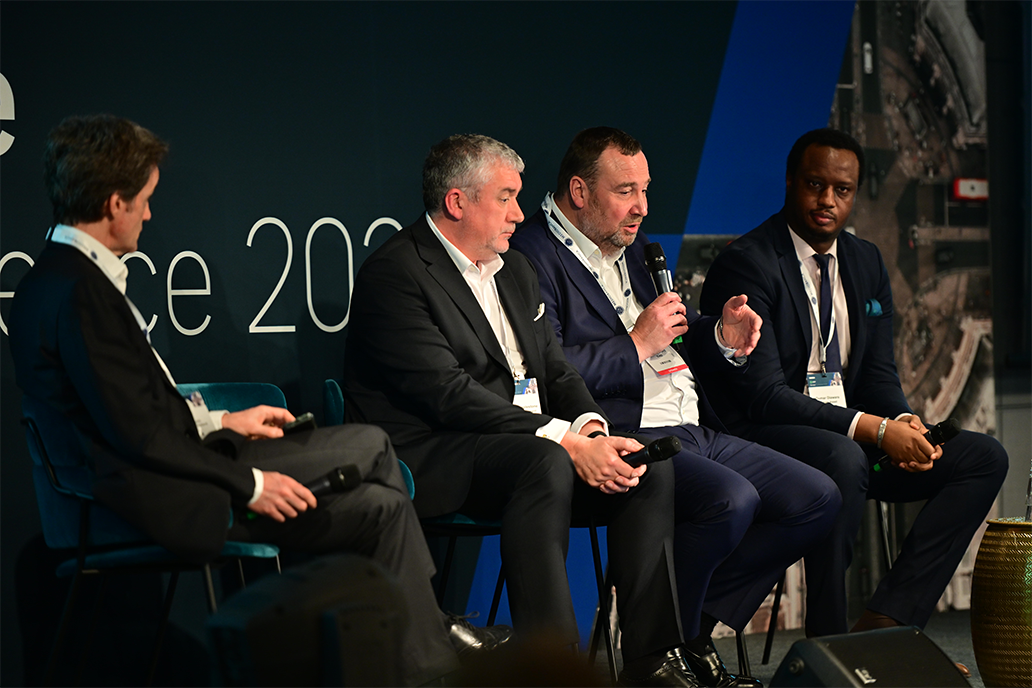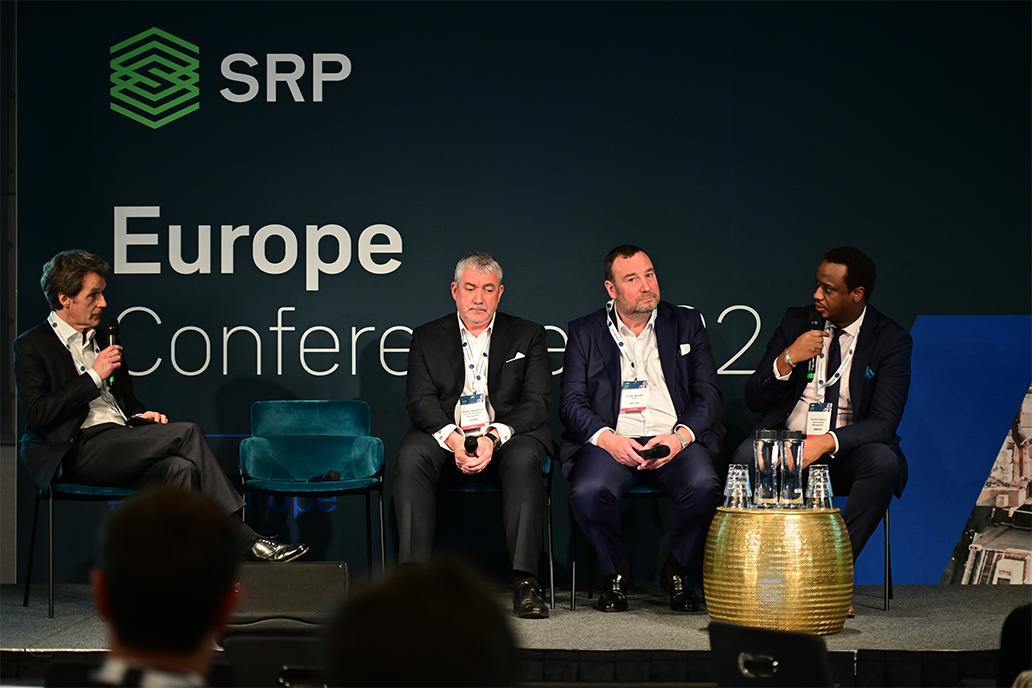Funds of structured products were discussed by panellists on day one of the SRP Europe 2024 Conference in London on 19 March.
Structured products have gone full circle from being manufactured, sold, or bought to being actively managed within a fund, according to Frank Copplestone, chief executive Levendi Investment Management, whose Levendi Thornbridge Defined Return Fund, launched in 2017, manages assets of over £110m.
Advisory firms need products that match their delivery mechanism, are available across platforms, and can be integrated with current valuations - Clive Moore, IDAD
“In the last decade we have seen a move away from discretionary fund managers buying individual structured notes to put into a quasi-portfolio for clients, to the handing over the decision making on buying those notes, looking at real diversification, value and origination of your own products,” said Copplestone.
“This has led to the advent of the fund structure,” he said.
Clive Moore (pictured), managing director IDAD, and portfolio manager of the company’s MGTS IDAD Refined Growth Fund, said UK advisors are moving to central investment propositions or CIPs.
“Advisory firms need products that match their delivery mechanism, are available across platforms, and can be integrated with current valuations.
“Structured product funds are an open-ended delivery of investments. Whatever the wrapper is, it is about finding the one that suits the circumstances, and then delivering the benefits of structured products in a format that suits whichever audience you are talking to and whichever market you are in.”
The key is that the industry has gone from a product approach to a solution approach, according to Oumar Diawara, CIO structured products at Ostrum Asset Management.
“[An increasing number of] private banks are looking for a fiduciary partner that will help them build a portfolio, monitor the portfolio, and deliver something that makes sense for the client and not just one individual strategy,” Diawara said.
When it comes to the evolution of funds of structured products across various regions, Europe, where the managed portfolio has been around for 10 to 15 years, is ahead of the US, although in the last few years more US issuers have started working with separate managed account (SMA) products, which have caught the imagination of the US market, according to Copplestone.
Several US issuers have brought simple structured product SMAs to the market, including Goldman Sachs which got around US$15 billion for an offered product and more significant issuers and registered investment advisors (RIA) are looking to launch SMA products,. These are essentially the same as the national pension scheme (NPS) products that were seen in Europe 10 years ago.
“That is the first step for end-users, retail clients having a managed solution in the US around structured products. I do believe it is a stepping stone and that in the next five to 10 years, the fund wrapper will be the access of choice around having a professionally managed portfolio,” he said.
The underlying dynamics, the Greeks, can move significantly in a worst-of space - Frank Copplestone, Levendi Investment Management
According to Moore, in Asia and Latin America there is a far greater focus on individual portfolio management and performance rather than on running model portfolios, while in the UK there is much more focus on investments being a solution.
“Clients have a pot of money, and it is about determining what their objectives are with that pot of money and trying to achieve them as easily as possible,” said Moore, adding that in the UK there is a slow but persistent move back to fund structures to hold portfolios in.
“That is a combination of changes in tax treatments, and the efficiency of running models within fund structure rather than across multiple platforms with dealing.”
When Diawara speaks with clients on structured products, he tells them to break them down into three parts: the strategy, the content and the wrapper. “Some of the strategies we do in Europe are also done in the US, just not with the same wrapper.”
When it comes to diversification in funds of structured products, it’s not just down to issuer exposure, but also underlying exposure as autocalls are becoming increasingly complex with many linked to a worst-of basket of two or three stocks or indices.
“The underlying dynamics, the Greeks, can move significantly in a worst-of space so there is a lot of focus on looking at the balance between real market delta exposure to underlyings,” said Copplestone.
Moore sees most advisors from family offices and private banks running their portfolios with allocation to different buckets, although there are surprisingly still many that run 60/40 portfolios with equities and bonds.
“Most portfolio managers now also have an allocation to alternatives which includes anything else they can't easily categorise as equities or bonds, so the argument would be funds of structured products are kind of hybrid,” he said.
Often, as Diawara presents structured products to clients, he projects them as an iceberg, as investors only see the coupon and the risk level of their investment, but not what is below the surface. “What is not in their mindset is the added value they have, the entry points, the valuation, liquidity, all the components of the structured products that we master, that we are going to manage for the clients.
Looking at 2024 and further ahead, Copplestone does not expect a significant amount of performance in the markets.
“There is uncertainty in the interest rate environment, and I hope that we don't see any more geopolitical risks or any significant central bank interventions. I would ask for a bit of calm in the markets and if this year or next year, we could have modest returns, even single digit returns in the markets, I would be very happy and somewhat relieved,” he said.
Moore is also longing for a return to normal interest rates. “Running with three, four or five percent interest rates in major currencies helps the financial system a lot better,” he concluded.
Do you have a confidential story, tip or comment you’d like to share? Write to info@derivia.com


